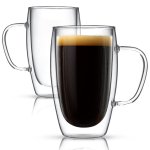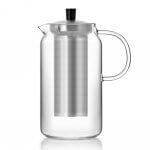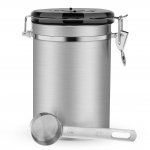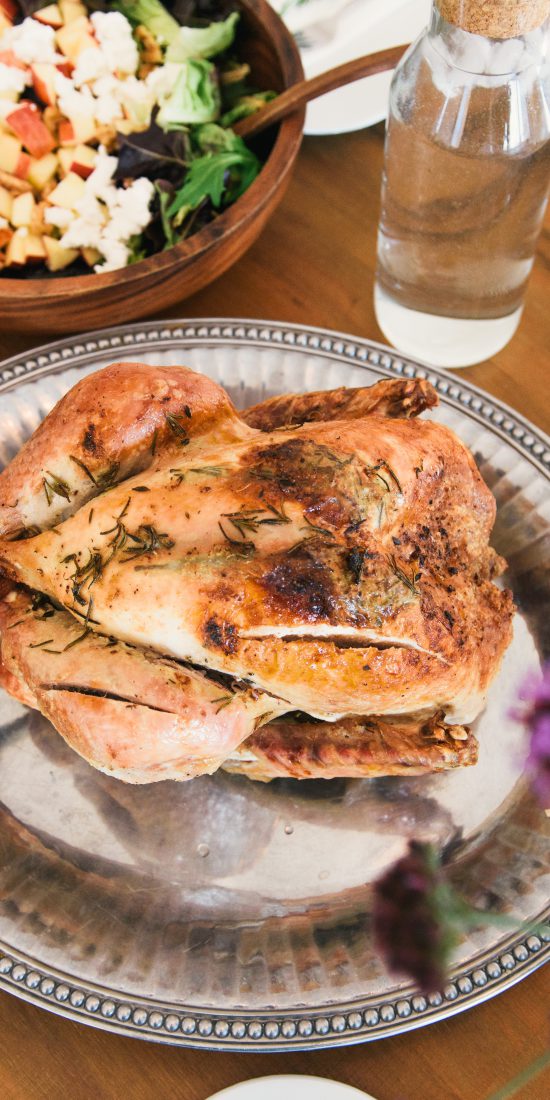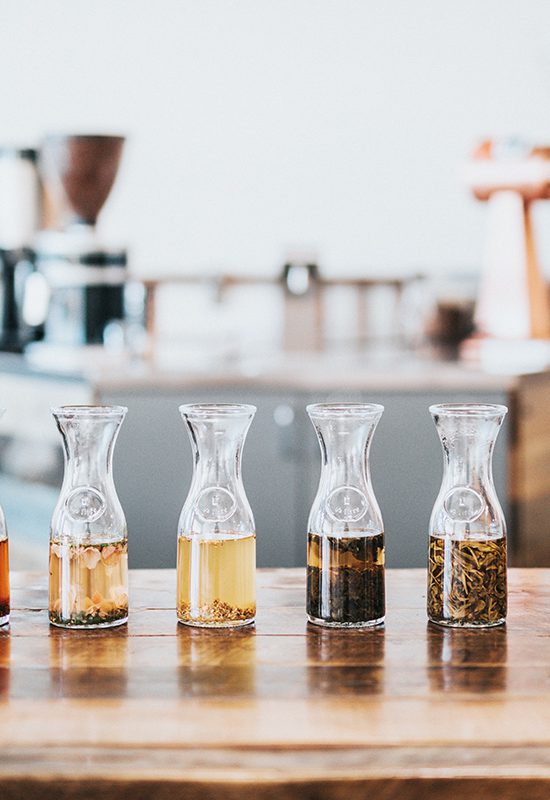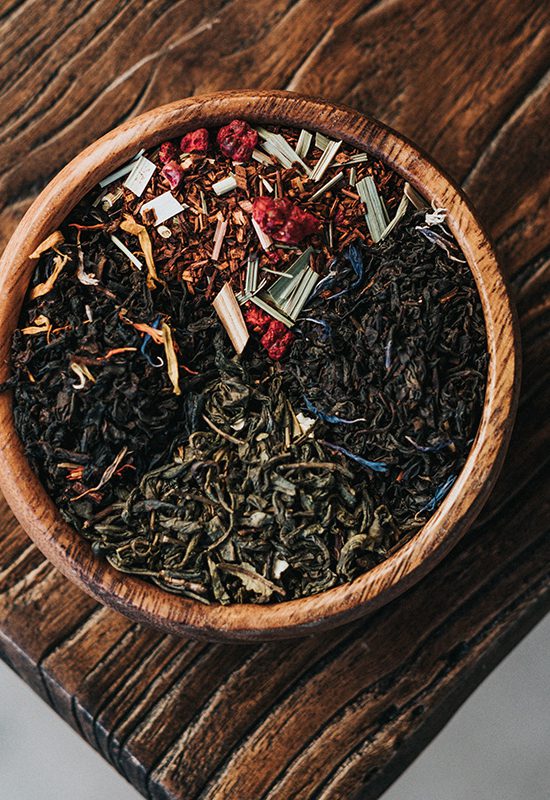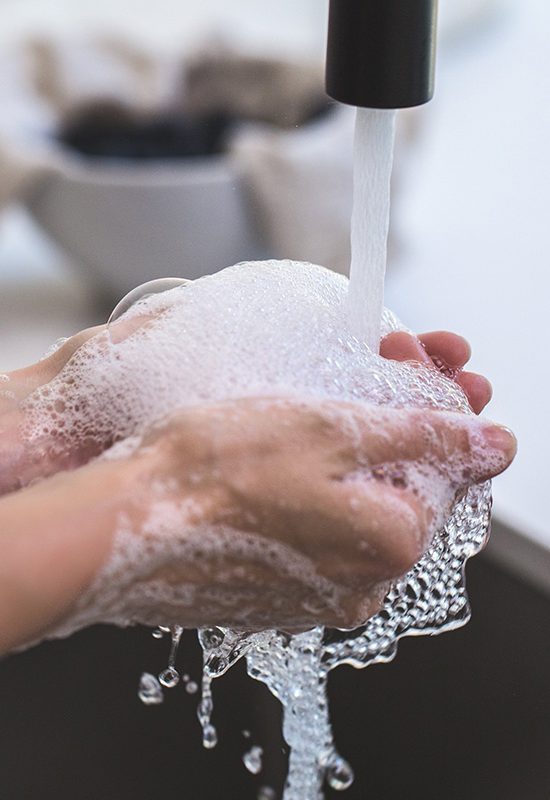
Tea Cultures Around The World
There’s no doubt about it – tea is well-loved by so many people worldwide. Most countries have embraced tea as part of their culture. Tea is served in every celebration or even in day to day life. Aside from that, the potential health benefits of tea are truly encompassing.
With the popularity of tea, have you ever wondered how tea is consumed in some parts of the world? Well, we got curious! We previously featured Coffee Cultures Around the World, so we think a feature about Tea Cultures should also be in order. Let’s start, shall we?
1. China
Most tea enthusiasts are probably aware that tea was known to have originated in China. With this, Chinese tea culture is famous in the world. Originally, tea was consumed for medicinal purposes only, but eventually monks drank it due to its soothing effects.
Traditional tea ceremonies began to be for religious reasons only. Through the years and centuries, these ceremonies became a ground for social and cultural activities. Gongfu cha is a famous tea ceremony in China which stands for the preparation of oolong tea. The oolong tea is served to guests as a sign of respect. The guests would usually hold the cup with both hands and take three sips.

2. Malaysia
The making of tea in Malaysia is quite unique. The country’s signature brew has black tea, sugar, and condensed milk. It’s called teh tarik or pulled tea and has a distinct frothy texture. The tradition has developed through the years, which also highlights the performance or the making of the tea.
It’s called pulled tea because the brewers pour the beverage, or drink back and forth between mugs. This process is said to give the tea access to cool air while it’s transferred from one mug to another. Watching the tea being mixed is like watching a graceful dance as the brew leaps from one mug to the other without losing a drop.
3. India
India has several different variants of tea given that it’s a huge producer and consumer. Among the many variants, a classic part of everyday living in the country is chai tea blends. It contains black tea leaves, and spices such as cardamom, pepper, cloves, ginger, nutmeg, and cinnamon.
It’s a spicy burst of flavor that is a favorite among locals and a lot of tourists too. It’s sipped on the go and also offered in most guesthouses, as well as in the streets. The brew is sold by vendors in clay cups and some even say that the dust from the cups constitutes the true taste of the beverage.

4. Hong Kong
Being located just on the south coast of China and a colony of Britain until 1997, Hong Kong has both the influences of Chinese and British. But the nice thing is that it has come up with its unique blend in the form of a Hong Kong-style milk tea. This milk tea contains hot black tea and is served with sugar and milk (either condensed or evaporated).
Tea’s flavor is usually overpowered when milk is added, so it is over-steeped to create a stronger brew that can keep up with the taste of the milk. Traditionally, tea is consumed by itself after a meal, but nowadays, it’s very common to see locals drink tea served with food at any time of the day.
5. Tibet
Known to be the “roof of the world” due to its high altitude, Tibet has a very distinctive tea culture. Tibetans enjoy two main types of tea – one is the butter tea, and second is the sweet milk tea. Both are found only in Tibet, but the more popular one is butter tea.
The traditional tea of Tibet called po cha is brewed by boiling Pemagul tea for long hours, then comes the milk, salt, and yak butter. Since the mixture is churned together, it creates a blend that has a soup-like consistency. Butter, being the main ingredient aside from tea, provides lots of calories which is very fit for a high-altitude kind of living.
Butter tea has been a large part of Tibetan tea culture so it’s usually drank daily and served to guests all the time.
6. Thailand
It has been said that most Thai people still don’t drink tea, and tea is rarely on a Thai menu. The tea culture that evolved through the years started when refugees fled to Thailand during the Chinese Civil War. They brought with them their tea tradition, and eventually most of them were awarded Thai citizenship so they were able to harvest tea plantations for their livelihood.
The tea that Thais know nowadays is the amber-colored iced tea or cha yen – a blend of Ceylon or Assam tea with added sugar, condensed milk, and spices like tamarind, star anise, and orange blossom. Some even add evaporated milk on top to create an ombre effect. The tea is served with ice in a tall glass – sweet and spicy, high caloric content, and best of all, it’s perfect for the hot weather.

7. Japan
Tea culture in Japan is famous in the world. Tea has been a significant part of the country’s food culture. The choices are diverse but the most popular type is green tea. Matcha, the powdered green tea, is Japan’s most preferred blend.
There’s so much thought put into the preparation of a tea ceremony. It includes prepping the home, how guests are invited, the order of when the utensils are brought into the room, the cleaning and warming of the tea equipment, the brewing period, and the cleanup time after the ceremony.
8. Taiwan
Taiwan is famous for its bubble tea. It is said to be an innovation coming from the Chinese. The base tea used is either black, green, jasmine, or oolong tea. Then powdered milk and sugary syrup are added. The bubbles that are referred to here are actually tapioca pearls (starchy white grain). However, this is a relatively new culture that only started back in 1988 when a manager at a tea house dropped some tapioca balls on her tea. It’s like an accidental invention!
Traditional Taiwanese tea ceremonies are pretty much just like that of Chinese. It’s performed in a peaceful and serene environment and high-regard is put into appreciating the smell of the tea. There are scent cups or sniffer cups that they use just to inhale the tea’s aroma, and then they drink tea in separate tea cups.
9. Morocco
Morocco’s hot Touareg tea, or Morrocan mint tea is a prominent part of the country’s culture. Serving tea to guests is strongly associated to the Moroccans’ hospitality. When making this blend, you need a mix of mint, green tea leaves, and a large quantity of hard sugar. When served, the tea is poured from high up into slim glasses and is served three times to guests. Each glass means differently – life, love, and death.

10. Argentina
Yerba mate is considered the national drink of Argentina. Even though it’s not really the tea that comes from tea plant itself, it has been part of the Argentinians’ culture. It’s a herbal tea that’s called the “drink of the gods”, prepared in a small pot, and drunk from a special straining straw called bombilla.
During a gathering, the small pot will be added with more hot water, and then passed around so that everybody can share the tea. It’s like a form of bonding. Traditionally, yerba mate is not served with any sweetener so the taste is pretty strong. Nowadays, younger generations prefer to add sugar or honey to sweeten it.
11. Iran
The 15th century in Iran marked the rise of tea houses called chaikhanehs. In the 20th century, the Iranians started growing their own black tea which eventually became a staple beverage in their nation, and a big element of their social life.
Iranian tea is served very strong. It’s carried in a silver tray and is served to the guests with a bright yellow rock candy called nabat.
12. United Kingdom
Last but not the least is the UK tea culture. Many already know that the British people are known for their tea culture. In fact, theirs is one of the most popular in the world. People can drink tea even before going to bed. Despite the fact that most British people are already coffee drinkers, tea is still their number one chosen beverage.
The classic British tea is served during a mini-meal in between lunch and dinner – which is around 4 in the afternoon. Mini-cakes, small sandwiches, and the famous scones are usually served along with a pot of tea. The UK is also known for coming up with lovely tea settings, often with long or round tables, with flowers and candles as table decors. Some people even came up with tea gardens where they can hold tea parties with family and friends.

It’s safe to say that tea has been a crucial part of the British identity. It’s something that people will never forget.
—
Learning about other countries’ tea culture will also make you appreciate your own, doesn’t it? Most people are into international travel nowadays, so it will be interesting to know some things about the culture of the country you are visiting.
